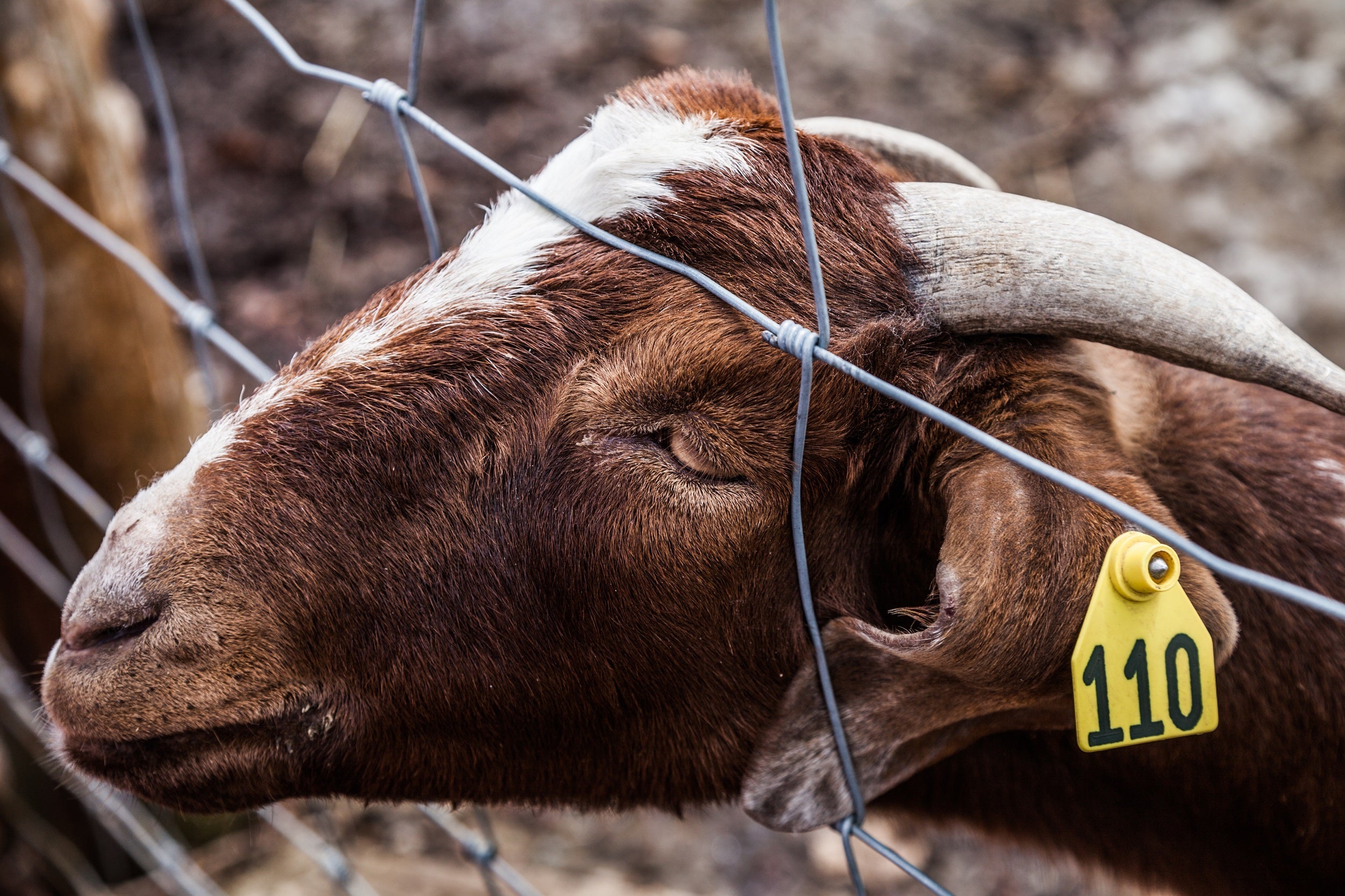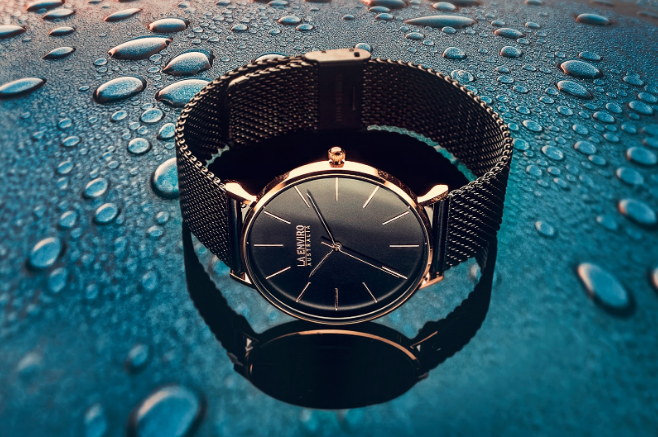
5 Things the Leather Industry doesn't Want you to Know
Still, buying leather bags from brands that they say is leather just a by-product of the meat industry? Still, feel like buying a vegan handbag will make you a hippie and uncool? Well, there is something about animal leather, which if you knew, you wouldn’t be looking at leather products the same way ever again.
There have been strange rhetoric around animal leather and sustainability, which when comes from ordinary people like you and me, sounds a bit confused. And, until you get to take a closer look at the leather industry, you too may be taken by the belief that because animal leather is a natural material it’s biodegradable, eco friendly, sustainable, and all that jazz. Two facts about animal leather: it’s cruel, and it’s by no means eco-friendly.

But, well, it’s time to uncover much more than that. It’s about time you knew the facts that the leather industry doesn’t want you to know.
The most convenient lie that the animal leather industry tells you is that leather is a coproduct of meat. It’s not like the animal was supposed to be killed anyway.
According to a report by Statista, the global market for leather goods is projected to be standing at a whopping 271.21 billion US dollars.
The production of leather is very high globally, even in countries that have large vegetarian and vegan populations for the fact that leather is used in an awful lot of products from bags to vehicles to watches and machines and whatnot.
Animals like cows and buffaloes may be solely bought, raised, and even smuggled only for leather and meat may as well be a co-product. The stark truth is that the dairy and meat industries make much more money by passing leather as only a co-product.
The first and the prevalent impression of animal leather is that it is natural and hence, easily biodegradable. Guess what? It is NOT.
The whole process of tanning leather is to turn into something so durable that it does not rot. Its treatment with formaldehyde and other dangerous chemicals is what makes it into a material that takes a long long long time to decompose.
Do you know how much time a styrofoam cup takes to decompose? 50 years. And that is how long leather takes to biodegrade—half a century.
Did you know what all environmental hazards the making of animal leather causes? Air pollution, solid pollution, water pollution, massive water usage, breathing, and skin ailments to those working in or staying around the tanneries. It is also an indirect contributor to global warming because of the cattle rearing and transport involved in leather making.

Chemicals like coal-tar derivatives, formaldehyde, and several minerals are used in the tanning process. These fumes are also ingested by the craftsmen who tan the leather. The excess of these very minerals also flows into the nearby soil and water bodies.
If you look at it, a polyurethane synthetic vegan leather handbag may cause much lesser damage to the ecology than a natural leather watch strap may.

One of the reasons why I became vegan was the very idea that animals are maltreated for our selfish wants even when they are serving us in more ways than one.
Whether it is for milk or meat or leather, cattle is reared in conditions that are abhorring. Tight cages, hardly any light, dwelling in their own filth, milked by machines, injected with hormones and whatnot. The sight is enough to make an adult cry.
In developing nations, where a lot of leather comes from, the cattle may very well be smuggled because the trade may or may not be legal. They are ill fed, made to walk long distances without food or water, even beaten up so they keep moving. And no matter even if it is a developed nation, they are even branded, castrated, and dehorned in the most brutal ways and left with open wounds by people who are no vets. All that for a dainty new waist belt with a fancy logo on it.

So, when leather is turned into a final finished product, you as a layman will never be able to tell which animal it came from. It could be from a cow that was used for milk or meat in Australia; it could be from a cow that was smuggled illegally for slaughter within India, or it could be from a dog that was sold in the wet market in China.
It could be anything for all you care. But I am sure that even if a lot of you could stomach beef, you will never be ready to have dogs killed for fashion.
Why I am Writing This

I love animals, that is the core of it. Food, fashion, and beauty industries are not something that gives two hoots about animals and their right to live free lives or about ecology for that matter.
So, I’ve understood that veganism is not simply a dietary choice. In the specific context which this post aims to touch, when we are choosing products made of animal leather, we are not only subjecting animals to cruelty but also creating a massive carbon footprint and diseases with the waste that leather creates. This is also the reason why I launched my own vegan handbags and other accessories.
While everyone wants to sell what they make, the point is if it can add value; if it can do something for the greater good. At LA ENVIRO we make every effort not only to make fashion sustainable, but also to spread awareness about making vegan choices for the better.


